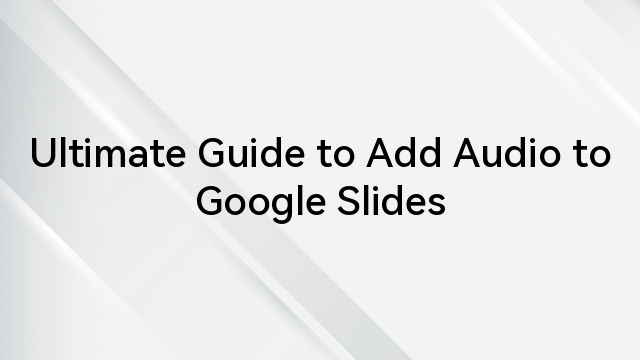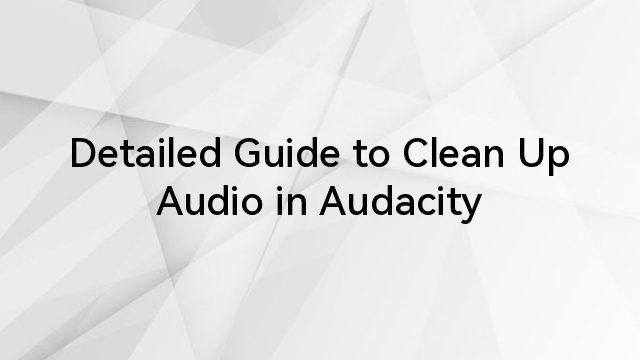A high-pass filter audio, commonly known as a low-cut filter or HPF is the basic tool in audio signal processing and sound engineering. This filter plays a vital role in transforming and shaping the audio while improving the quality of your audio recording by eliminating low-noise frequencies. But that’s not everything HPF does to your audio.
So whether you are a professional music producer, audio engineer, or a learner, knowing high-pass filters is necessary to achieve excellent audio. Therefore, this article sheds light on different aspects of a high-pass filter. You will learn the HPF definition, types, applications, functionality, and tips to use it.
Table of Contents
What is a High-Pass Filter Audio? Definition with Example

A high-pass filter is an unavoidable tool in the world of audio processing. It permits you to choose higher-frequency elements from an audio signal to travel through while blocking all low-frequency components in the same signal. This filtering functionality is important in the field of audio engineering because it allows engineers to manage the tonal balance and get rid of unwanted rumbles and low-frequency sounds that produce noise in the audio file and make mastering more challenging.
The main parameter that signifies the usage of a high-pass filter in audio is its cutoff frequency. It helps figure out the main point or level at which this filter begins to block lower frequencies. All the audio signals above this cutoff frequency stay unaffected, while signals under this frequency are eliminated or, in most cases, reduced in volume, so they are not hearable.
High-pass filters are employed in different audio environments, such as mastering and mixing soundtracks, by excluding unwanted rumbles, such as breathing and mic-handling noises. So, let’s understand the concept of high-pass filter audio with an example.
Assume you have recorded a great soundtrack with ideal instrumentalization. But, the track consists of some low-frequency noises from room vibrations and foot tapping (since you were counting the beat through it). So, by implementing a high-pass filter with a cutoff frequency (80Hz, for instance), you can productively remove those unwanted sounds while safeguarding your music piece.
How Does High-Pass Filter Audio Works?

Before going forward in this article, it is essential to understand how the high-pass filter in audio files actually work. Although you know that it blocks low frequencies in an audio file, there is more to explore. A high-pass filter in audio acts like a gatekeeper for your sound frequencies. It allows higher-pitched sounds to pass through sound processing but blocks lower-pitched tones.
Now, if you are playing an acoustic guitar in front of a microphone that is connected to a recording program. You may notice the sound of picking and screeching of strings when playing the chords or solo. So, applying a high-pass filter brings the main sound (chords/solo) up and lowers the picking/screeching sounds of the strings. As a result, the primary sound you and your listeners hear will be your guitar.
This is done by using the cutoff frequency filter, which usually comes with DAWs and recording software. Contrarily, experts can also use EQ filters to adjust and apply cutoff frequency on tracks.
Nevertheless, a common misconception about the high-pass filter is that it completely removes unwanted noise. But, in reality, it can only make the intensity of the noise lower. Moreover, it also depends on your recording environment and how strongly the recording booth is isolated from external noises.
For instance, you applied a 100Hz cutoff frequency to eliminate the sound of people talking outside the recording booth. Or, if you are trying to lower the horn sounds that are also recorded in your audio. So, it is highly possible that you may not get the desired results.
Categories of High-Pass Filter Audio

High-pass filters in audio are categorized into different types. Each one of them has its own unique traits and execution. Some of the most common HPF types are:
a. Butterworth High-Pass Filter
The Butterworth high-pass filter is made for projects that need a flat frequency response within the passband. The filter attains this by reducing the ripples from the curve of the frequency response. However, when using Butterworth, you must keep in mind that it works lightly on low frequencies in contrast to other types of high-pass filters.
b. Chebyshev High-Pass Filter
Chebyshev is a digital or analog high-pass filter with a higher roll-off than Butterworth. This filter can be configured as Type I and Type II, depending on whether you focus on the stopband ripple or passband ripple.
c. Bessel High-Pass Filter
The Bessel filter is famous for its extreme delay of the flat group, making it reliable for situations where there is highly complex phase linearity. However, this type of high-pass filter compromises the audio’s phase features and frequency response. In other words, it does work great at diminishing lower frequencies, but at the same time, it impacts phase and frequency response.
d. First-Order High-Pass Filter
Active or First-Order is the simplest type of a high-pass filter. It consists of a capacitor and resistor (high-pass filter elements). Therefore, it offers a slight elimination of low frequencies. Since it has a gentle effect, it is used in rectifying basic audio tasks.
e. Second-Order High-Pass Filter
The second-order is the advanced version of the first-order high-pass filter, as it comes with a complex capacitor and resistor. When you use this high-pass filter, it genuinely works deeply in mitigating low-noise frequencies. This is why it is more effective at blocking unwanted noises compared to the active high-pass filter.
6 Common Uses of a High-Pass Filter in Audio
A high-pass filter is used in different areas of audio, including:
1. Managing Multiple Mic Recordings
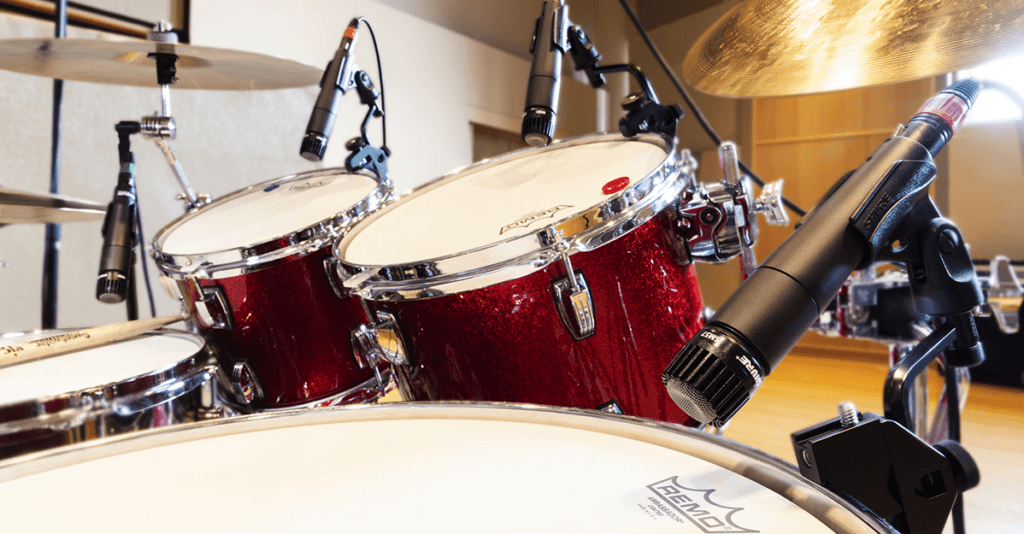
Music producers use high-pass filters to isolate various audio sources when recording all the instruments simultaneously in a studio. For example, when recording a drum piece, applying a high-pass filter on the snare mic can decrease the lower frequencies of the kick drum. This ensures that each microphone assigned to individual instruments records clear sound.
2. Eliminating DC Offset

There is a continuous voltage, called DC offset, in the audio signal that moves the signal away from its position. Expert audio engineers use a high-pass filter to get rid of DC completely offset to make sure that all the audio signals remain at zero volts and within the centered position.
3. Improved Vocal Clarity

High-pass filters are mostly applied to tracks with vocals. They help remove unwanted nuisance from the vocalist’s voice, producing clear vocal tones and naturally enhanced volume during the mixing process.
4. Mitigate Plosive Sounds
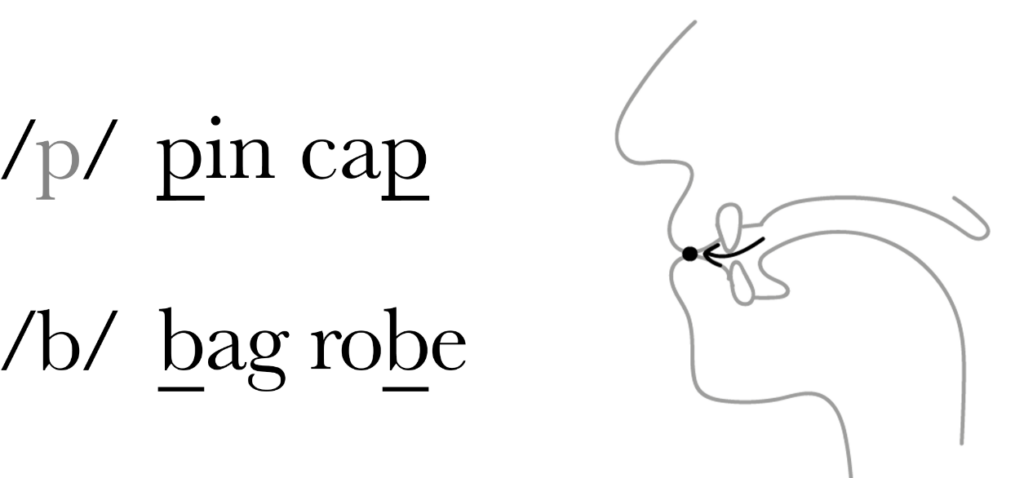
Plosive sounds like “b” and “p” words can generate low-frequency popping sounds in audio recordings. While pop filters can do most of the job to mitigate these frequencies, the remaining parts can be minimized by applying high-pass filters.
5. Noise Reduction
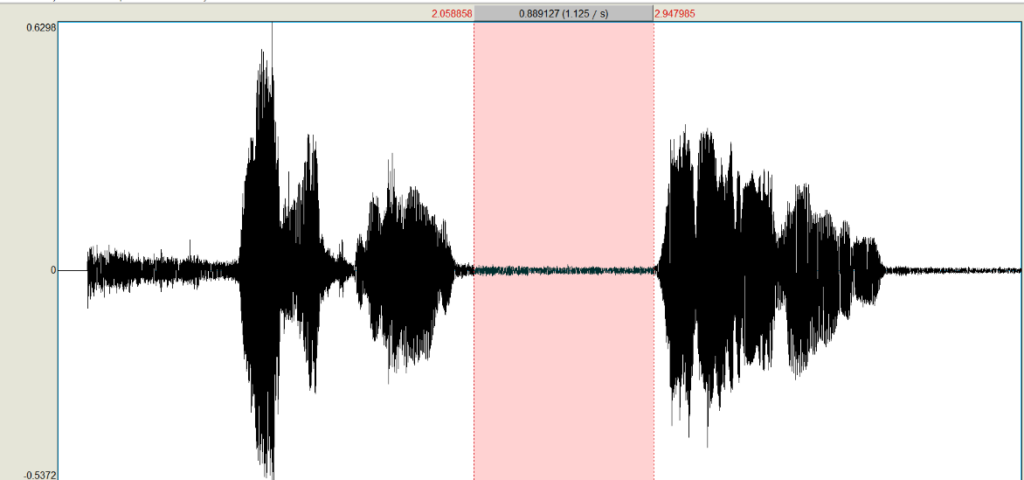
When you are recording in an open environment or external location, no matter how hard you try to isolate the sound, low-frequency sounds still get captured. In such scenarios, high-pass filters can reduce the impact of wind and mic-handling noises.
6. Creation of Unique Sounds
Last but not least, high-pass filters are also employed to design unique and creative sounds by playing with different kinds of frequencies.
Tips to Apply a High-Pass Filter Audio Correctly
Below are a few essential tips to help you use high-pass filters effectively in your audio and music projects.
a. Pay Attention to the Raw Audio
Before implementing high-pass filters, it is important that you listen to the audio signals carefully and determine the frequencies that need to be blocked. Doing so will allow you to select the right cutoff frequency.
b. Avoid Unnecessary Usage
Remember, your goal is to improve audio quality through high-pass filters. Therefore, do not overuse this tool; otherwise, the audio will sound unnatural.
c. Monitor through Spectrum Analyzer
For visual feedback of the audio signals, you must use spectrum analyzers. It is a useful equipment for figuring out low-frequency areas of the audio.
Conclusion
To know what is a high-pass filter audio, you must have a proper understanding of high and low frequencies. The main purpose of high-pass filters is to shape sound so that it becomes free from unwanted low-frequencies that generate nuisance. Professional music producers and sound engineers use different types of high-pass filters to make their audio more catchy and mesmerizing.
They use these filters accurately to reduce noise, enhance vocals, diminish plosive sounds, craft new and unique sounds, and record multiple instruments without disrupting the recording process. So, if you also want to apply a high-pass filter, make sure you focus on low-frequencies in the track, ignore using the filter when not needed, and get a spectrum analyzer to monitor the process.
FAQs
Q1. What are HFP and LPF?
HFP stands for high-pass filter, and LPF stands for low-pass filter.
Q2. What is a high-pass filter in Logic?
A high-pass filter in Logic or any other DAW helps you to remove low-frequency noises from your audio track.
Q3. What are the two types of high-pass filters commonly used?
First-order and second-order high-pass filters are widely utilized in the audio production process.
Q4. What is the best frequency for a high-pass filter?
80Hz is considered as the ideal frequency for a high-pass filter.




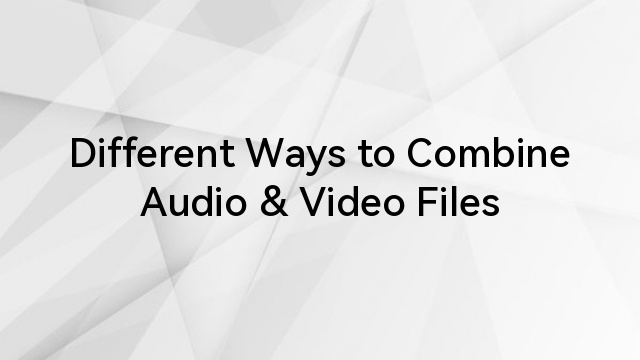
![How to Add Audio to Video on YouTube [Step by Step]](https://www.hollyland.com/wp-content/uploads/2024/04/how-to-add-audio-to-video-on-youtube-step-by-step.jpg)
